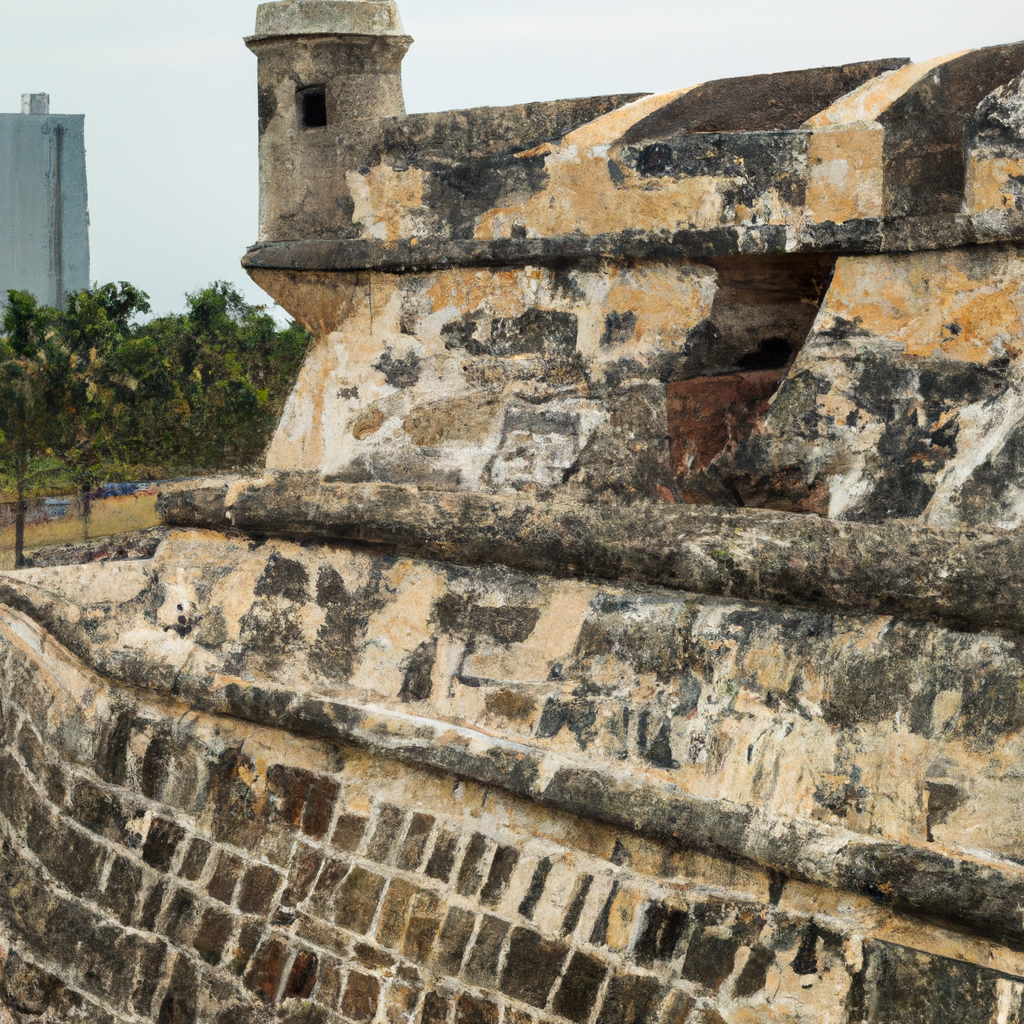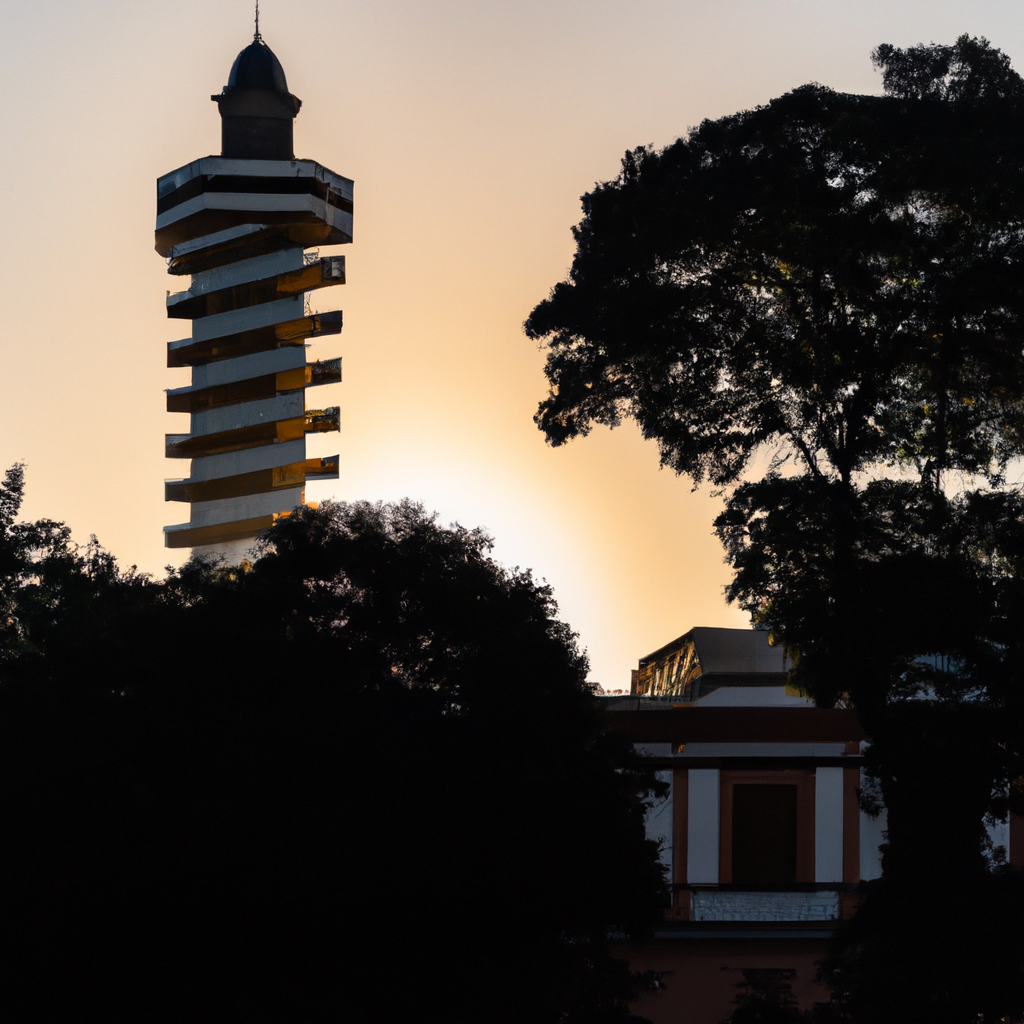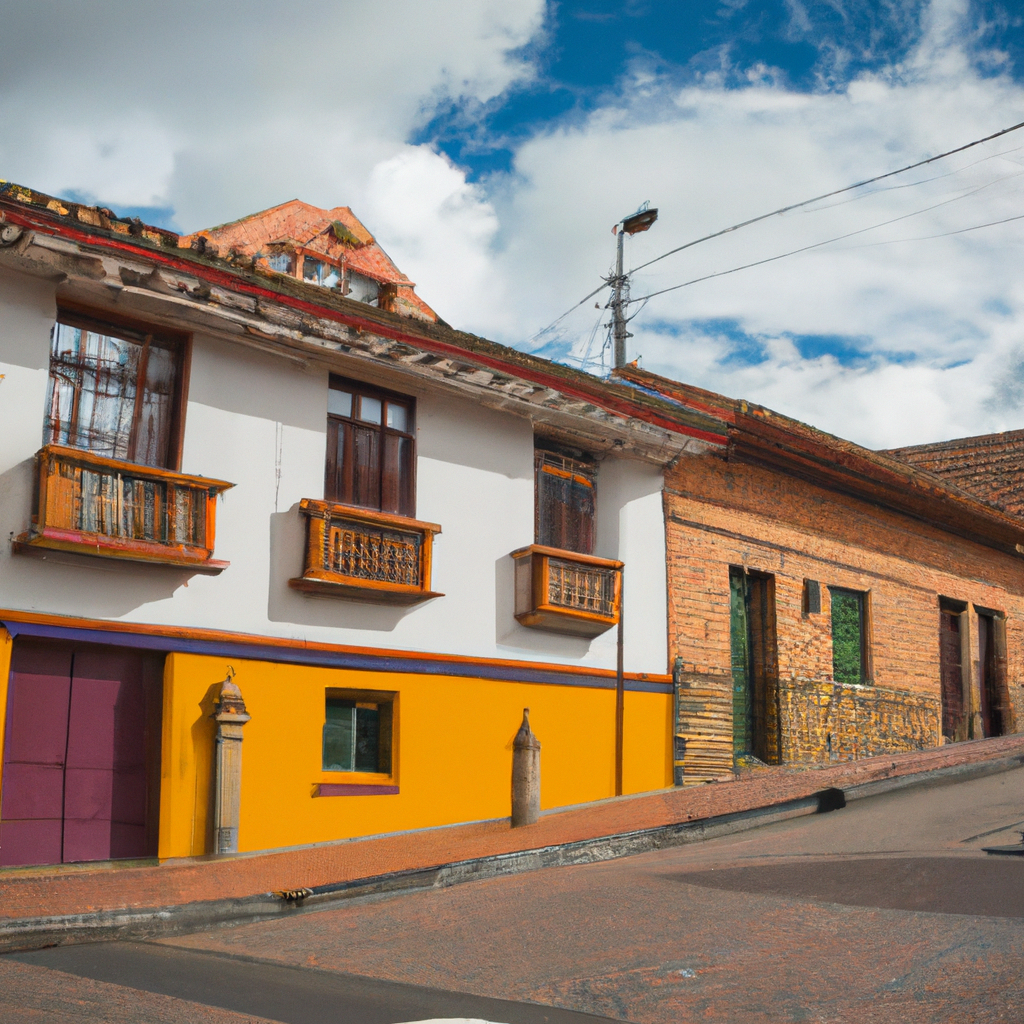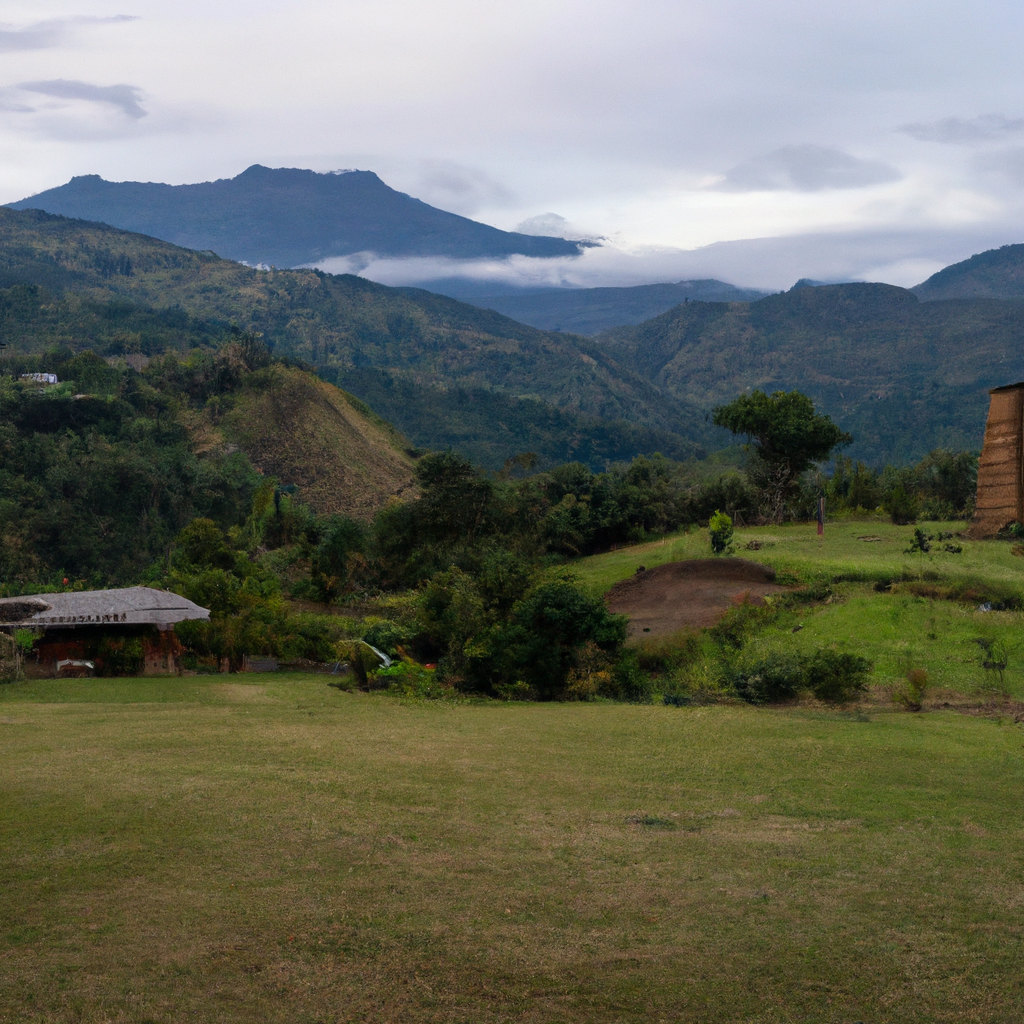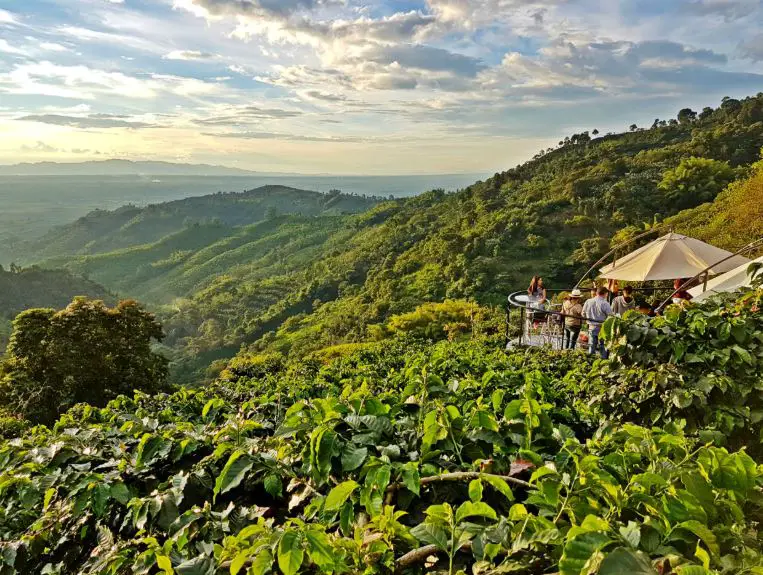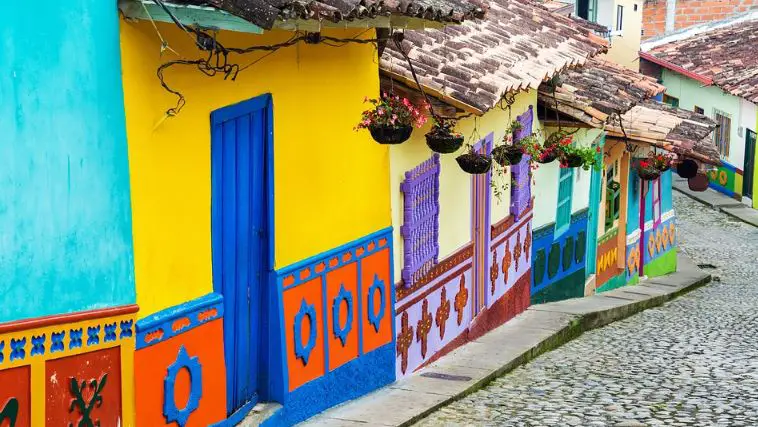Cartagena's City Walls - Cartagena In Colombia: Overview,Prominent Features,History,Interesting facts
Overview:
The walls of Cartagena, in Colombia, are an impressive example of colonial architecture built in the 16th century to fortify the city from possible attacks from pirates or enemy nations. The defensive wall construction was ordered by and funded by the Spanish colonial administration. Today, the walls serve as a reminder of Cartagena's long and storied past and as a popular tourist attraction. The two-mile long wall encircles the city and stretches from the Caribbean Sea to the lagoon of Cartagena. The system of fortifications is composed of a series of large stone ramparts with prominent walls, towers, bastions and moats in key strategic points. The fortifications were initially built with organic matter, subsequently reconstructed in stone. There is also a network of watchtowers as well as a drawbridge and a maze of tunnels. The walls are punctuated by large gates that form the entrance to the historic center. The walls were recognized as World Heritage by UNESCO in 1984. You can learn history, culture, and heritage through these magnificent monuments in Colombia
Prominent Features:
The city walls of Cartagena in Colombia are some of the most iconic and impressive in South America. Sitting on the Caribbean Sea, the walled city encircles the historic old town of Cartagena. The walls were originally built during the 16th century as part of the Spanish colonial defense system, and were last renovated in the mid-19th century. The walls stand as an impressive testament to the city’s past and its prominence as a powerful port city. The walls are made of many different materials, including stone, sand, and earth. They are thick and high, standing at up to 12 meters in some places. In addition to providing strategic defense of the city, the walls have also served to define the distinct architecture of Cartagena. The yellow stone blocks of the walls stand out in contrast to the colorful Caribbean buildings. The walls are still in use, with two active gate entrances - the Puerta del Reloj (Clock Gate) and the Puerta de La Isla (Island Gate). Apart from the military importance of the walls, they are now a major tourist attraction and are a part of the UNESCO World Heritage Site. This national monument of Colombia portrays the history and culture of the country.
History:
The history of Cartagena’s City Walls is intimately intertwined with the city’s story since its founding in 1533. The impressive stone walls are a testament to Cartagena’s long and storied past, reflecting the various forces which have sought to protect and defend the city over the centuries. The first walls were built in 1583 by Pedro de Heredia, founder of the modern city of Cartagena. He fortified the city to protect it from attacks by English and French pirates, as the Spanish had begun to colonize the area. Over the years, the walls were modified to keep up with the latest advancements in military technology and tactics, with ramparts and towers added at different points in time. In 1621, work began on a larger fort called San Felipe, intended to protect the inner core of the city. Built during the Spanish colonial rule, San Felipe proved to be a formidable fortress which successfully defended the city during a siege by the French in 1697. The city walls again underwent renovations during the 19th century, when it served as a key defense in the fight against Simon Bolivar's forces in South America. The walls were also extended to incorporate sections of modern-day neighborhoods, so all of Cartagena was protected by the formidable defense system. During the latter half of the 20th century, the walls were transformed into a major tourist attraction. Many of the old fortifications have been kept intact, and walking tours have been established so visitors can explore the incredible history and architecture of this unique and fascinating city. Today, the Cartagena City Walls represent an important part of Colombia’s history and culture, and the impressive stone walls are a reminder of the battles which have been fought in order to keep the city safe and secure. You must visit one of these historical places in Colombia on your Colombia tour
Interesting facts:
1. The city walls of Cartagena were originally built in the year 1586 to protect the city from enemies. 2. The walls are made of exceptionally thick stone, in some places being as thick as 20 feet thick! 3. It was declared a UNESCO World Heritage Site in 1984 for its unique structure and stunning beauty. 4. The walls of Cartagena stretch for more than 9 miles around the city, and contain 19 bastions (towers)and 8 gates 5. Inside the walls lies the old colonial city of Cartagena which is said to be the most beautiful city in all of South America. 6. The walls of Cartagena have withstood centuries of pirate attacks and other sieges. 7. The walls of Cartagena are said to be the longest Colonial fortifications in the Americas. 8. Many of the city’s walls were destroyed during the Simon Bolivar siege of 1815-1816 and have since been restored. 9. The walls of Cartagena also have an incredible underground system that was built in the 17th century. 10. There are a variety of tour companies that offer activities to explore the walls and the fortress of Cartagena. Visit one of the famous monuments of Colombia with your friends and family.
Explore Colombia most popular tourist destination with us. Cartagena's City Walls - Cartagena In Colombia: Overview,Prominent Features,History,Interesting facts,which is 35.14 km away from Colombia main town, is the most popular destination to add in your travel wishlist.
-
City:
Colombia
-
state:
The name of Cartagena's City Walls is La Muralla de Cartagena in Colombia.
-
country:
Colombia
-
country code:
CO
-
postcode:
130001
Location:
The name of Cartagena's City Walls is La Muralla de Cartagena in Colombia. Colombia
